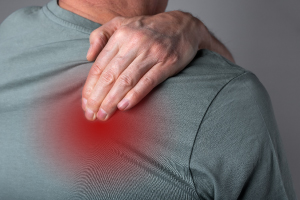Miscellaneous
3 MIN READ
Jul 13, 2025
What is Artificial Rain? How It Works, Chemicals Used, and Benefits
Amidst alarming concerns due to increased pollution, Delhi was scheduled to observe artificial rain, but this has been postponed to August and September due to the early arrival of the monsoon. The process aimed to wash off pollutants from the environment and maintain its cleanliness for human health....
Amidst alarming concerns due to increased pollution, Delhi was scheduled to observe artificial rain, but this has been postponed to August and September due to the early arrival of the monsoon. The process aimed to wash off...



























-158x400.png)














